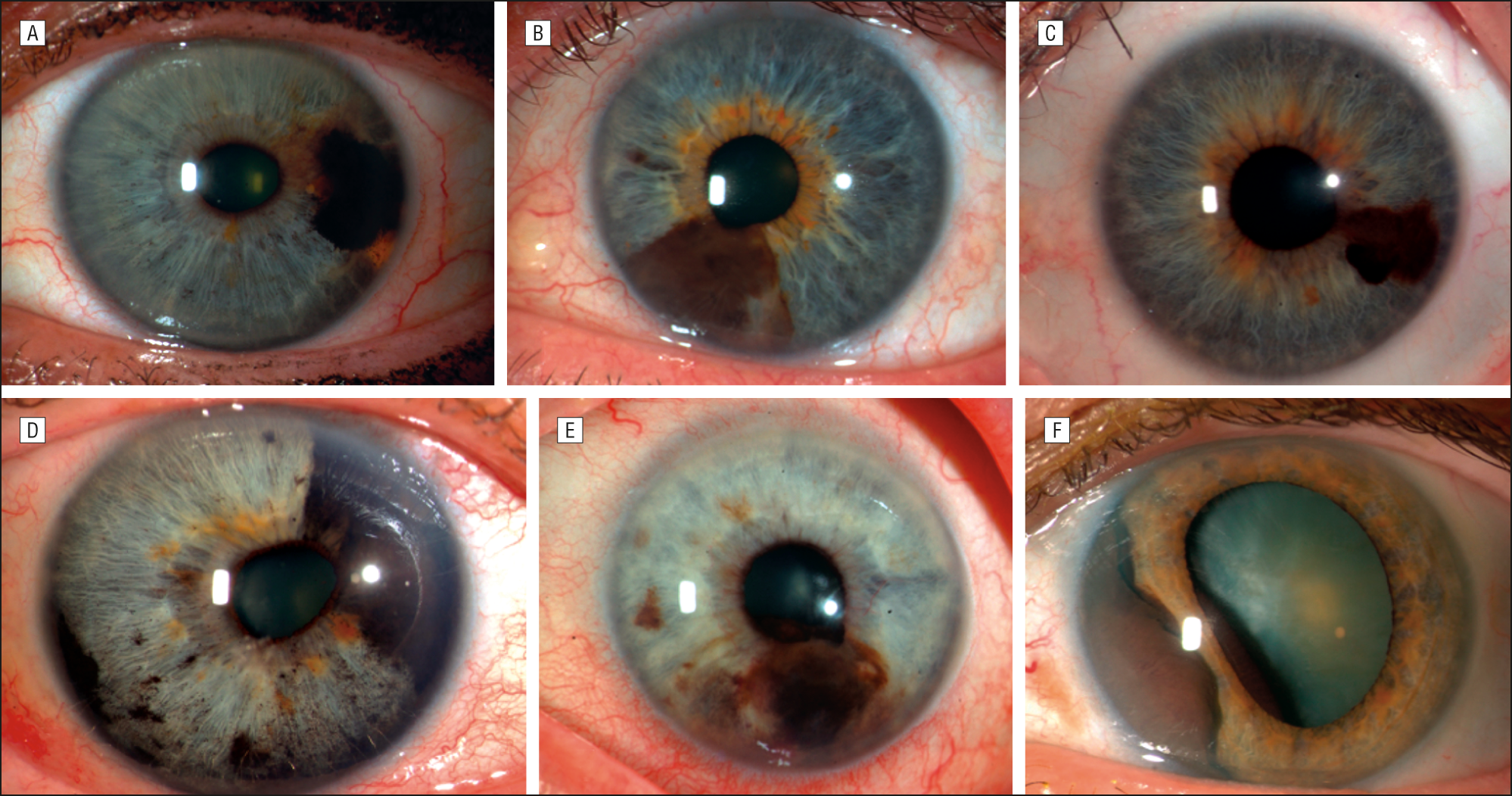10 Different Types of Glaucoma And How To Identify Each One
Glaucoma is an eye disease for which a cure has not yet been discovered. It can affect anyone of any age and is a serious condition because it can lead to blindness. Everyone is at risk for glaucoma, but some people more than others. In particular, older adults are at a higher risk, except among African Americans, a population which sees the younger generation more susceptible. Babies can be born with glaucoma. It is a misunderstood disease, possibly because of its many different forms.
10. Irido Corneal Endothelial Syndrome (ICE)

This form occurs only in one eye when the drainage canals are blocked by cells from the rear of the eye moving forward over the cornea and iris. The resulting pressure from this blockage damages the optic nerve. Further damage is caused by the cells sticking the iris to the cornea. At higher risk are females with light-colored skin. Symptoms typically include haziness and visions of halos around lights. It is usually treated with medications or surgery rather than laser surgery.
